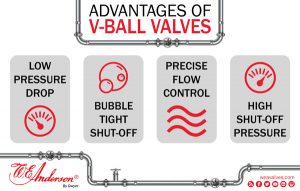
Introduction
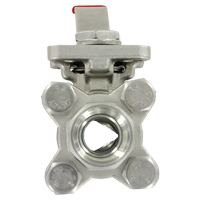 Ball valves are designed to be used in a variety of applications and markets, but a V-port ball valve offers the added ability to be used as a control valve where necessary. The main differentiator is a contoured V-port in the ball, most commonly available with a 15°, 30°, 45°, 60°, or 90° angle, which produces an equal percentage flow characteristic for better control. V-ball valves are known to offer a variety of advantages in flow control applications, especially when compared to larger and more expensive control valves. Continue reading “Advantages of V-Ball Valves”
Ball valves are designed to be used in a variety of applications and markets, but a V-port ball valve offers the added ability to be used as a control valve where necessary. The main differentiator is a contoured V-port in the ball, most commonly available with a 15°, 30°, 45°, 60°, or 90° angle, which produces an equal percentage flow characteristic for better control. V-ball valves are known to offer a variety of advantages in flow control applications, especially when compared to larger and more expensive control valves. Continue reading “Advantages of V-Ball Valves”


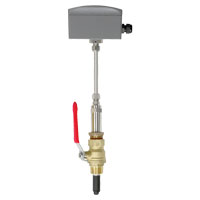
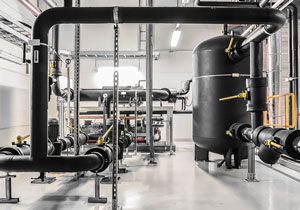 Insertion flowmeters provide a great alternative to inline flowmeters because they are typically less expensive and easier to install than inline meters. But how do you know which type of insertion meter to choose?
Insertion flowmeters provide a great alternative to inline flowmeters because they are typically less expensive and easier to install than inline meters. But how do you know which type of insertion meter to choose?
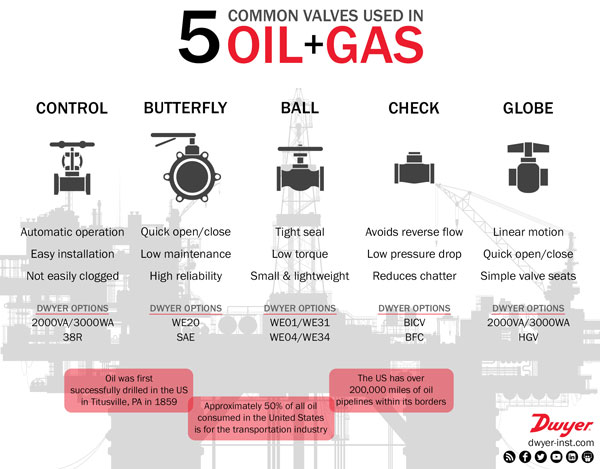
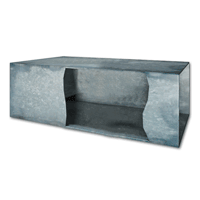
 Picture this:
Picture this: